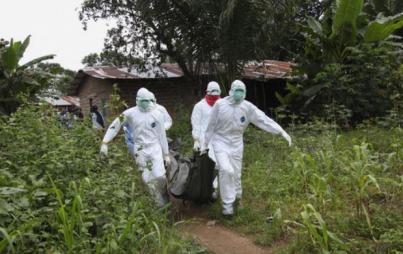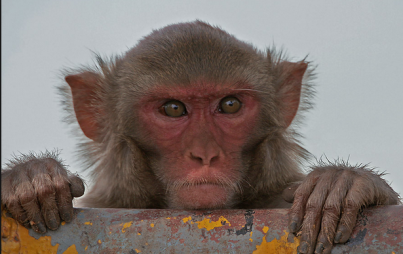
Credit: ThinkStock
While some scientists have turned their eyes to space as the next frontier, and others have dedicated themselves to plumbing the depths of our water planet (we've explored less than 10% of it), American virologist Nathan Wolfe believes our greatest voyage into the unknown may be right in our own bodies.
Wolfe founded Global Viral in 2008, a non-profit dedicated to researching and eradicating infectious disease—so it's no wonder he's happily obsessed with each and every creepy crawly that calls the human body home. What Wolfe has discovered, however, is that 40-50% of all the genetic information in our gastrointestional tract is unclassifiable—the microscopic creatures are neither plant nor animal, fungus, virus or bacteria.
It's biological dark matter, creatures with gene sequences so unusual, so distantly related to cellular life as we know it, it's believed they are an unknown entity. Currently there are three recognized domains of life: bacteria, archaea and eukaryotes. Wolfe and his colleagues believe that the dark matter's presence in our body represents a possible fourth domain of life that's yet to be qualified. (Just for the record, this dark matter also thrives in our nose and our blood; 20% and 2% mystery in your nose and blood respectively.)
In Wolfe's 2012 TED talk, he explained that just over a hundred years ago, nobody even knew viruses existed . . . these days we know that they comprise most of the genetic information on the whole damn planet. The story goes that Dutch microbiologist and arguable founder of virology, Martinus Beijerinck, wanted to get to the bottom of tobacco mosaic disease. He took the infected juice from tobacco plants and began filtering it through smaller and smaller filters until he reached a point where he posited that there must be something "out there" that was smaller than the smallest form of life currently known. (At the time, this was bacteria.)
He dubbed his mysterious microorganism "virus," Latin for "poison."
These days scientists like Wolfe use a process called deep sequencing, which enables them to not only look at individual genomes (a complete set of genes) from a particular species but to analyze entire metagenomes, "the communities of teeming microorganisms in, on and around us and to document all of the genetic information in these species," he explains.
The medical possibilities—were Wolfe and his colleagues able to determine exactly what the hell all this biological dark matter is—could hold the key to innumerable medical advances and help us to reimagine how we conceive of life as we know it as well as humanity's role in the universal ecosystem.
"The hypotheses for explaining the existence of biological dark matter are really only in their infancy, there's a very, very exciting possibility that exists: that buried in this life, in this genetic information, are signatures of as of yet unidentified life. That as we explore these strings of A's, T's, C's and G's, we may uncover a completely new class of life that, like Beijerinck, will fundamentally change the way that we think about the nature of biology. That perhaps will allow us to identify the cause of a cancer that afflicts us or identify the source of an outbreak that we aren't familiar with or perhaps create a new tool in molecular biology."
And here you thought science class was boring. Fer shame.
Watch Wolfe's Ted talk—What's left to explore?—below:






